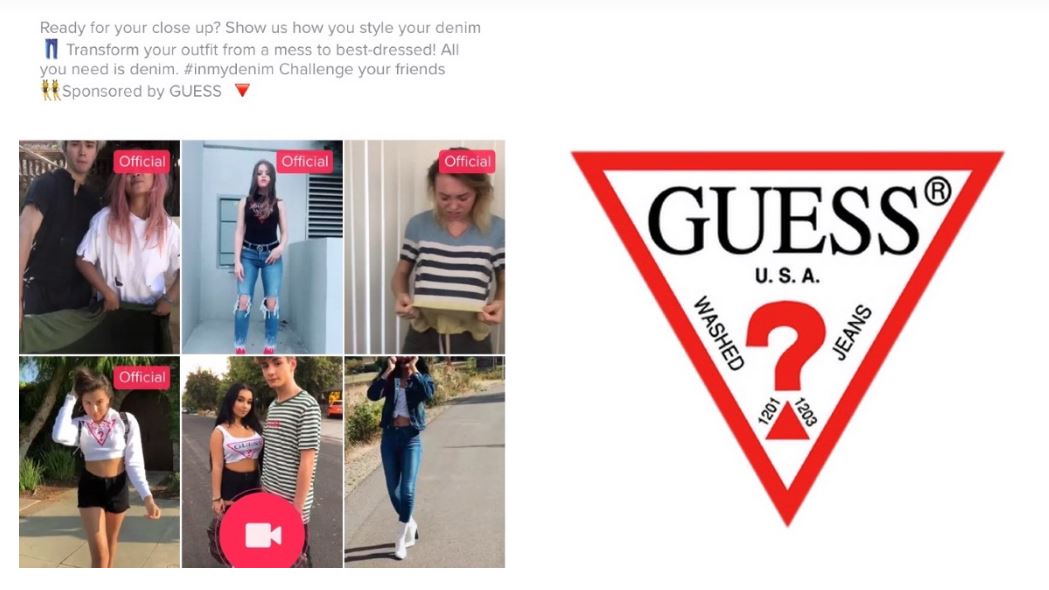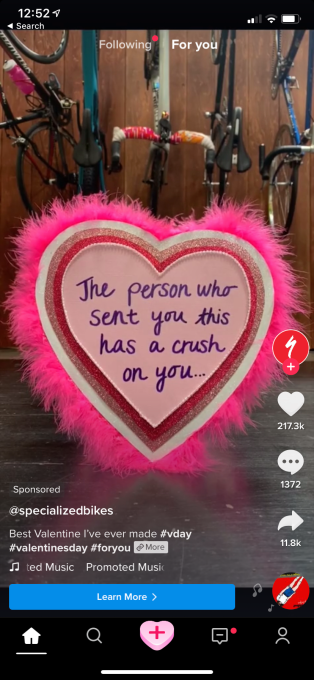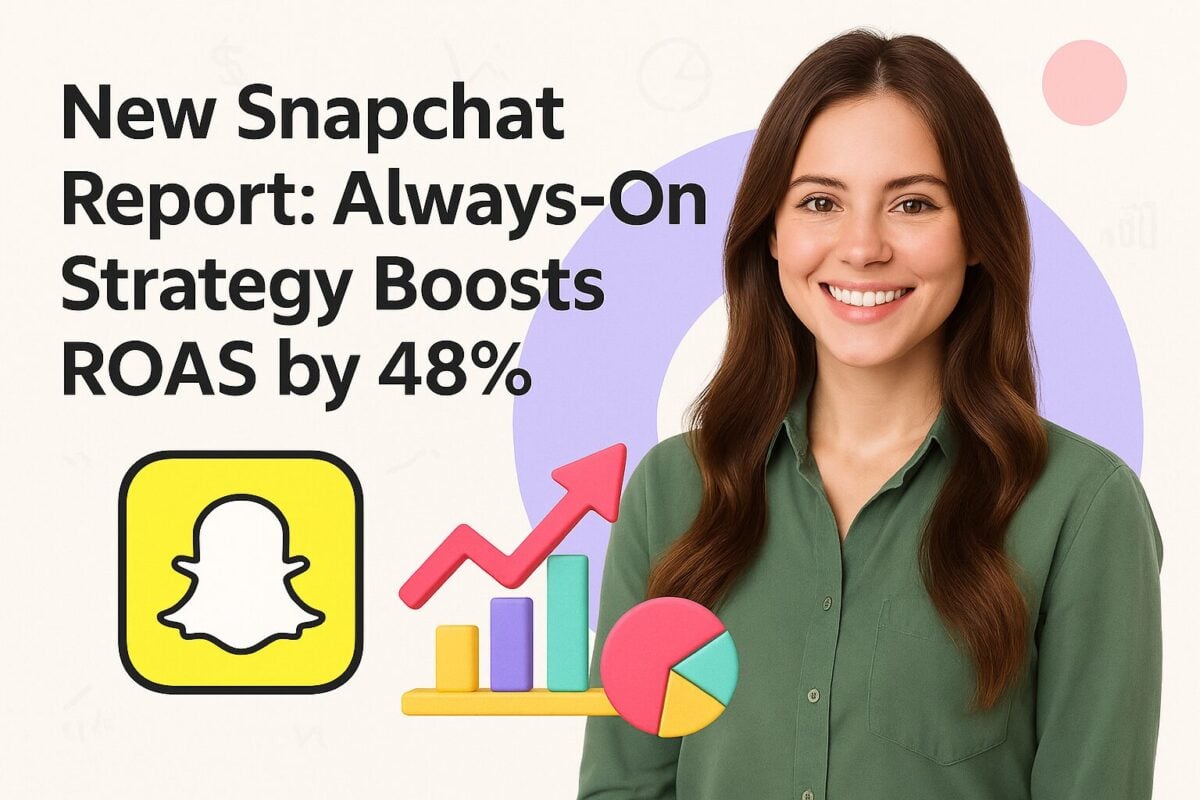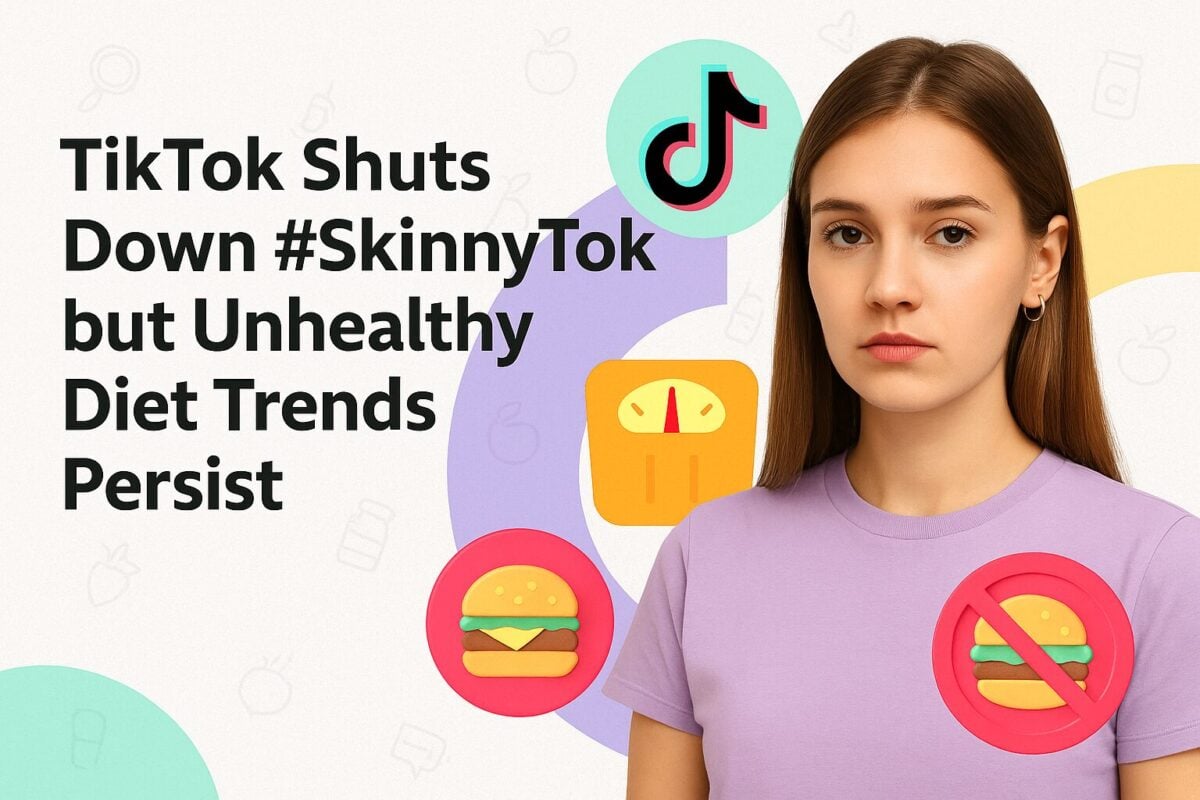When pop sensation Taylor Swift released her single "Me" in April 2019, the song went viral immediately. It features Brenden Urie of Panic! At The Disco and the music video is of the two of them singing and dancing in a kaleidoscope of pastel colours. Shortly after the release, Swift's TikTok account posted a clip from the video with the hashtag, #AnotherLikeMe, which is a lyric from the song. "Show us your best re-creation of this dance, use MEdancechallenge, and we will find our favs," the account posted.
A week later, #AnotherLikeMe had received over 3 million views and #Medancechallenge had received over 500,000 views on TikTok. It was a marketing win for Swift.
Like everything on TikTok, marketers have to think outside the box when strategizing. The most important thing is to take into consideration that the demographics of the app's users are young people between the ages of 13 and 24. While specific stats are still unclear for TikTok, its predecessor Musical.ly's users were roughly 70% female.
If you're not sure yet how and why to embrace this funny and irreverent platform, here is our best TikTok marketing advice.
TikTok Marketing 101:
1. Hashtag Challenge
In 2018, popular late night TV host Jimmy Fallon challenged The Tonight Show viewers to submit videos of themselves rolling around on the ground like human tumbleweeds to Western music on TikTok in the #tumbleweedchallenge. By early 2019, more than 8,000 #tumbleweedchallenge videos had been shared on TikTok. The response made him follow up with a second TikTok challenge, asking his viewers to share clips of themselves drawing mustaches on their faces with permanent marker.
@jimmyfallon took on the #tumbleweedchallenge on TikTok! Check it out ➡️ https://t.co/imkG0gy6Vh pic.twitter.com/SVsaH4fVUV
— TikTok US (@tiktok_us) November 9, 2018
The challenge is a huge part of TikTok’s allure and success. At any time, there will be a number of challenges that users are participating in. The concept of the #HashtagChallenge entails users taking an idea, whether funny, outrageous, or requiring some talent, and iterating upon it with their own videos. Brands use the challenge in the same way Taylor Swift did, by challenging TikTok users to create videos inspired by the brand’s original video.
2. Creative, viral content
In April 2019, German soccer club Bayern Munich launched an official profile on TikTok with the goal of reaching potential young fans. While a soccer club seems like an unlikely fit for an app that spreads viral, 15-second videos of teens doing quirky, funny things, soccer players' tendency to celebrate their goals by dancing on the field made this a perfect match.
Bayern Munich’s TikTok content strategy, run from the club’s headquarters in Germany, entails the social media team posting four to five clips per week of players strutting their stuff. Since the club launched its profile, it has gotten almost 80 000 fans and its first 11 posts were viewed over 4 million times.
In 2018 in the US alone over 26 million monthly active users spent on average 46 minutes per day on the TikTok. Yet, with the app still in its baby shoes, there's a real opportunity for marketers to expand their brands' reach and exposure as it is not yet as crowded as platforms such as Instagram and Snapchat. Spontaneous, viral content can therefore get you much further, where there is less competition for users' attention. It is also cheaper to expand your marketing on TikTok if you want to venture into ads. Most brands using the app have started small, with this type of organic content to test the waters.
With the app offering users endless potential to be creative, it also works particularly well for brands that are selling creative content and service. According to GlobalWebIndex, six out of 10 TikTok users share music they like on social media and 53% share music videos specifically. This is exactly why artists like Swift were among the first to grab the opportunity TikTok was presenting.
3. Takeover ads
The use of ads on TikTok is still relatively new and only started in January 2019. While it will cost you money, it is also a sure-fire way to get eyeballs on your brand, especially when done right. There are several ways to use ads on TikTok and the app offers effective measuring metrics such as impressions, clicks and unique reach to determine the success of your ads.
Takeover ads can be purchased for a brand's landing page or Hashtag Challenge and TikTok offers ads exclusive to categories each day. This means only one brand can take over a category per day. Brand Takeover ads can be in the form of still images, videos or GIFs.
4. Hashtag branded ads
If you're afraid your hashtag challenge won't take off like you want to it, you can also buy a hashtag challenge ad on TikTok. The first brand to ever do this was fashion label Guess with the #InMyDenim challenge. Every user that opened the TikTok app was directed to the challenge which Guess kickstarted with popular, and influential content creators such as @ourfire (2.3 million fans) and @madison_willow (+983 000 fans). The #InMyDenim challenge received viewed more than 36 million views.

Source: marketingdive.com
Sponsored hashtag challenges are placed in the form of a banner ad on the discover page that will direct users to a challenge page featuring instructions for the challenge and existing content using that hashtag. It will cost you some money, where organic hashtag challenges won't but might be worth your while.
5. Native video
A third way to use advertising in TikTok is with in-feed native video ads, which TikTok was recently caught testing subtly in the app. The test was spotted in the US version of the app, where a video labeled “Sponsored” from the bike retailer Specialized showed up in the main feed, along with a blue “Lean More” button that directs users to tap to get more information.
Presumably, this button could be customized to direct users to the advertiser’s website or any other web address, but for the time being it only opened the Specialized Bikes (@specializedbikes) profile page within the TikTok app. The music that accompanied the clip was labeled "Promoted Music".
These native video ads would be the same length as regular TikTok videos (9-15 seconds, although the test ad was only 5 seconds), are full-screen (similar to Instagram Stories ads) and can be skipped by users. It supports call-to-actions for app downloads and site visits and is measures by total video views, average video play durations, video engagement and click through rate.
6. Influencers
Influencer marketing is absolutely up TikTok's alley and many influential and creative TikTok users have emerged on the app since its launch. Several big brands have started experimenting with influencer campaigns on the app. For example, film studio Universal Pictures used influencers to promote its film, “The House with a Clock in its Walls,” ahead of its launch.
The right influencers can transform effectively sponsored content in an authentic message that speaks to users. However, as a brand, don’t try to change the influencer's voice and dictate too much how they present your content. They are influencers for a reason and their followers enjoy value their content because it is authentic. While this goes for most social media platforms, it is particularly true on TikTok where Generation Z users will likely catch win of any type of orchestrated content.
One brand that got it spot on with its influencer marketing campaign on TikTok is Calvin Klein, who in 2018 withdrew from runway fashion in an attempt to rebrand and grow its consumer base among young people. Celebrities like Kendall Jenner, Shawn Mendes and A$AP Rocky were featured in the Calvin Klein #MyCalvin campaign, wearing the brand's underwear and jeans. It quickly became the most successful ad campaign on TikTok.
Influencer marketing is still relatively new on TikTok and much cheaper to pull off than on other platforms. Because the space is not yet very crowded, the right growth hacker could engineer a trend that will bring you massive ROI.
7. Keep an eye on trends
Following the trends on TikTok is a smart move, especially as they change every week. In fact, they can change almost daily. It is important to stay up to speed with what users are interested in. If you're using influencers, trust them to know which trends to follow and which not – it's how they've gotten this far. TikTok stars in particular know what the best trends are to follow that can help your product in getting the best exposure and drive more potential customers to your store. If you've missed a trend because it only lasted a day, don't stress over it. The next one is already on the rise.
When you open TikTok, it takes you straight to the homepage. This is where you'll find the latest trending videos from popular TikTokers. You don’t need to follow anyone to get started, you are shown content as soon as you log in. As you then start to follow more and more people, your homepage will be populated by those users' content too. Aside from the homepage, the discover page lets you to search for hashtags and users, and showcases some of the current trending challenges and hashtags.
8. Coming soon: 3D/AR lenses
According to a leaked pitch deck recently published by Digiday, in addition to the items already discussed, TikTok is also working on a Snapchat-style 2D lens filter for photos. The pitch deck listed the 3D and AR lens as “coming soon”. This could possibly hold some interesting advertising opportunities in store.

Source: tiktok.com
9. User-generated content
User participation and user-generated content should be the cornerstones of any TikTok marketing strategy. As the app's success is built on the content created by its users, channeling this into some form of advertising makes absolute sense. One brand that got this right very well is the Chinese restaurant Haidilao. Haidilao introduced a “DIY” option to its menu, so that customers could create their own unique, off-menu dish with the elements available on the restaurant's menu. When customers requested the DIY option, they were encouraged to make a short video of them creating their own meal and share it on Douyin (the Chinese version of TikTok).
The campaign was a massive success. More than 15,000 customers asked for the DIY option at one of the chain’s restaurants and more than 2,000 videos were shared in TikTok, generating more than 50 million views on the app. Marketing success using UGC on TikTok is made by finding unique and fun ways to incentivize users to create content on behalf of your brand, or participate in branded campaigns. You can also offer a prize or reward for the best video or find some other way to encourage users to post content. If you can offer something exclusive to TikTok creators, that’s a great way to motivate users to create content.
Still unsure about TikTok marketing? Rest assured that you are learning the ropes with the rest of the marketing world. Create a profile on the app and start with something small that won't cost you a lot of money and time. As you grow more comfortable with the app and get to know its audience, you can adapt your marketing strategy.



